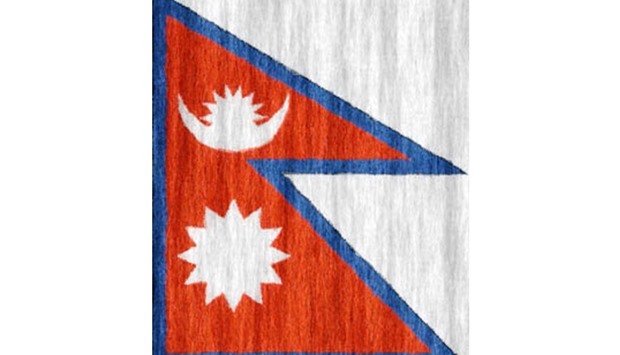The rate of HIV infections and deaths has sharply dropped in Nepal, a report released by the National Centre for Aids and STD Control (NCASC) of Nepal has said.
A drastic 22% decline in HIV positive patients was recorded in Nepal over a period of 10 years, said the report unveiled by NCASC on World Aids Day. The first HIV case was reported in Nepal in 1988.
HIV is highly prevalent in the 15-49 age group as the number stands for 30,074, whereas it is least found among 0-14 age group with 1,589 infections.
Sex workers, drug users, third genders, prison inmates, male migrant workers and their wives are most likely infected. Some 40% of the HIV infected in July were sex workers and their clients, while drug users accounted for 10%.
The estimated new HIV infection in 2015 is 1,331 in Nepal, while the average number of new infections per day stands at four.
The Nepal government has prioritised the prevention of HIV/Aids and is committed to the implementation based on a national health policy, Minister for Health Gagan Thapa said at the ceremony.
“We have at least transformed from the status of unknown number of deaths by HIV to the commitment level in public. Nepal is committed to the ambitious global target of 90-90-90 to end Aids by 2030,” Thapa said.
The global target is to have 90% of people living with HIV know their status, 90% of people identified infected get enrolled in antiretroviral therapy (ART), and 90% of ART-enrolled achieve viral suppression.
It is believed that the massive expansion of antiretroviral therapy has reduced the number of deaths in Nepal. Some 2,263 people with HIV/Aids, on average, lose their life per year in the country.
Currently, there are 263 HIV testing and council centres and 65 ART centres across the country.
The ART treatment begun in Nepal in February 2004 and is freely available for all people living with HIV.

nepal


